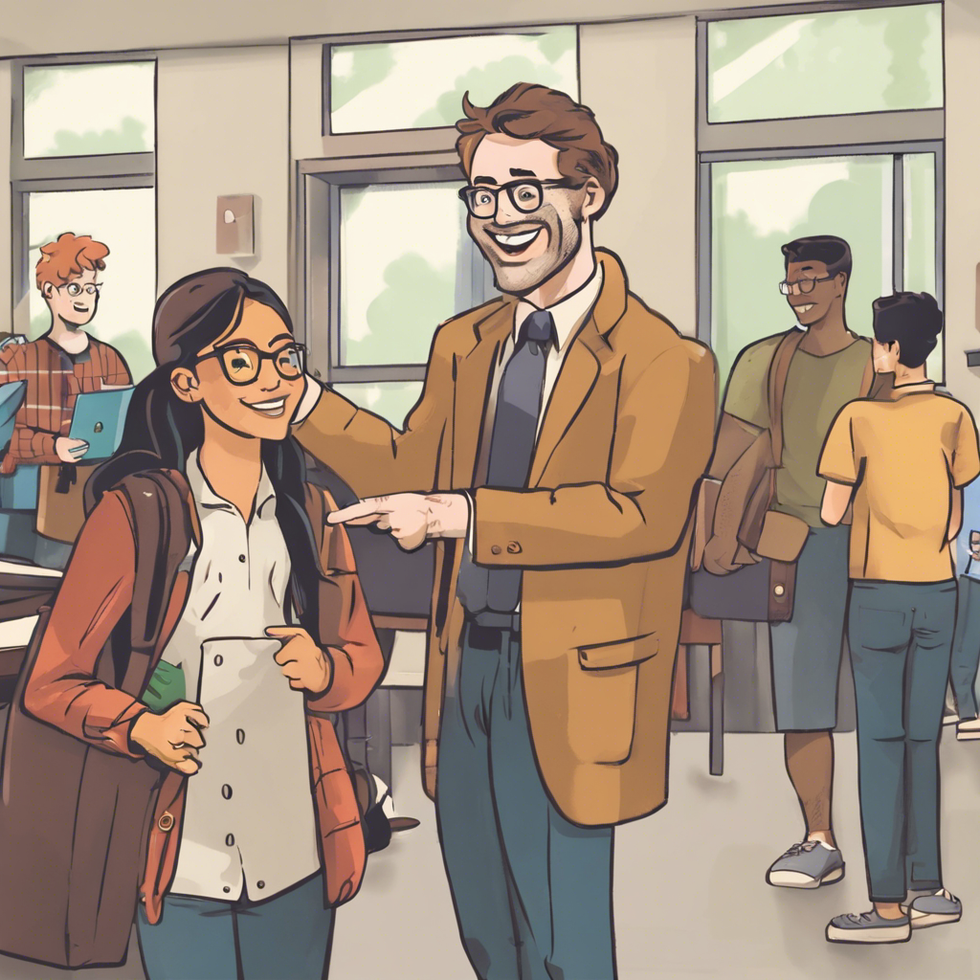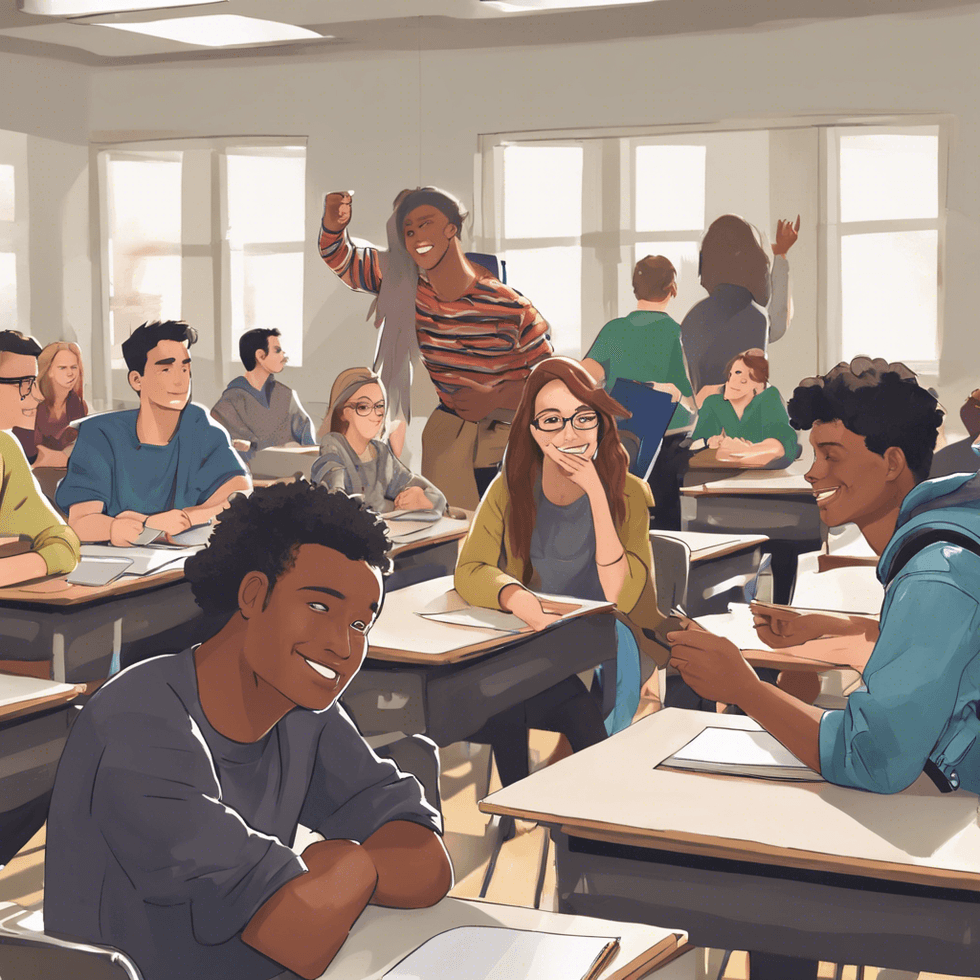I had walked that path a dozen times. The familiarity of walking up the stairs, making a hard left, then proceeding down the hall, passing the shop and screening room. Normally my stroll is slow, observing the works around me. Today was slightly different. Of course I glanced at the Lee Bul's "Untitled (Cravings White)" that can’t help but catch your gaze and Jean Dubuffet’s "Vicissitudes." But instead of my usual absorption of the artwork into my cornea, I glided by and proceeded directly to the exhibit which was the purpose of today’s visit: Rothko.
These separated works of art tucked into the "Making Traces" displays always evoke a different set of thoughts and emotions. I can’t help but think back to this summer when one of the students on our Duke in London program asked Professor Caccavale’s wife where the Rothko exhibit was – while we were standing in the middle of it. Or how the group decided to leave while I stayed back and asked questions about these magnificent works of art. I’ve examined the imperfections in the strokes, the different shades of each color melding into the next, the way the dim light hits each canvas to convey a certain aura in the room.
Today’s visit brought a series of different sentiments, but in a way unlike the others. As I stepped into my favorite alcove in my favorite museum, I turned to the left instead of the right. I’m not entirely sure what motivated this change, but I was amazed to find that entirely new discoveries presented themselves. Ignoring the group of students attempting to etch these masterpieces in their sketchbooks whilst gossiping about the latest A-level drama, I sat on my favorite bench with my purse clutched in my lap and just stared.
There’s something so mesmerizing about those images – I can’t explain it. And I can’t just tell you to look at photos online or go to the Tate or put into words what exactly I’m getting at. Connoisseurs always say that certain art speaks to certain people; Rothko was that art and I was that person. In no way am I claiming that I’ve understood this exhibit and could explain its meaning. What I think I like so much about modern art is that no one person can completely understand what the artist was trying to convey – there’s so much left up to interpretation. And it’s funny because I hate certain subjects in school that aren’t definite. I like knowing that 2 plus 2 equals 4, and that dogs are animals. Simple. Fact. Always true. I shouldn’t like modern art, because it goes against my hatred of abstract concepts. But for some strange reason, I can never seem to get enough of the Tate.
This time, staring into the meticulous and unapologetic strokes of reds, violets, and blacks, I thought about how this might be one of the last times I’m able to truly enjoy this serenity. Study abroad has demanded no work until these final weeks where I find myself struggling to complete essays, problem sets, and exam preparation. How had this time passed so quickly yet so slowly? How was it now December? I’d been reading articles reflecting on 2015 wondering why authors were already talking about 2016 when it seemed so far away. The new year is now only a month away, and I only have a few weeks left in London. I remembered sitting in my apartment in Durham this summer, having just completed statistics, thinking that my time in London would never come to an end.
As much as everyone abroad will try to convince you that they can’t imagine themselves every leaving this magical wonderland we’ve all been blessed to have been relocated to, in reality, we’re all a little bit excited to go home. Maybe it’s the holidays and the fact that we can’t wait to decorate our own trees or open presents or watch holiday movies from the comfort of our own beds. I know for me, it’s the fact that I’ll no longer have to press the button every 20 seconds in the shower in order to keep the water flowing. But besides the tiny apples and the constant confusion of pants versus knickers, I really am looking forward to returning to normalcy and driving on the right side of the road.
I considered the friends I’ve made and the friends I’ve lost. The places I’ve traveled and the ones I’ll have to venture back to Europe to see. I kept thinking how lucky I was to have been given the opportunity to spend almost five months exploring Europe and living in a foreign country. Shout-out to mom and dad for being amazing and letting me study abroad twice, even if it was in the same country. And that country happened to speak English, and I didn’t have a job this summer. But I bought you both some fun souvenirs, so it pretty much balances out, right?
What keeps popping into my head as I write this article, sitting in the café on the first floor of the Tate, is the imperfections that are perfectly obviously hidden. As opposed to the Mondrians in the adjacent room, no straight lines exist. There is no rhyme or reason to the brush strokes. There are rectangular objects streaked on ombre seas of warm hues; these run around the room and envelop your senses. But they’re not perfect. There is nothing perfect about this display or any of these images. They are flawed. And that’s what makes them so interesting.
Like people, the flaws make me interested in these Rothko works. I want to learn more about what he was thinking as he lifted the brush despite the choppy edges or how the colors blended together on his palate. When I meet people, I am engaged by their unique stories and what caused them to be who they are today. Everyone at Duke always talks about effortless perfection, and my friend at Stanford described the Duck Syndrome, where students seem perfect but are struggling below the water. Why?
Why does everyone feel the need to come across perfect or look like they aren’t trying or that their experiences didn’t shape who they are today? I always tell people pretty early on that I’m weird. Because I am weird. I generally say what comes into my head, and if people are put off by that, sure, I’m bothered, but I get over it. The worst thing in the world is feeling like you have to pretend to be something or someone that you’re not. If I want to make a stupid pun, I’m going to do it. And I’m someone who laughs at my own jokes, so I’ll probably end up laughing after whatever I say. I’m weird. So what?
I know for a fact that I’m not perfect. I’ll admit that I do spend a lot of time putting on the image that I have everything together and that I’m doing just fine and that nothing bothers me. But I’m human. I’ve been caught crying at Shooters because my hair wasn’t blonde; as I mentioned in my previous article, I’ve scored less than a 50 percent on an exam; I’m pretty sure I can’t run a mile in under 10 minutes. These are my rectangles with incomplete edges and brush strokes that are visible in certain lighting.


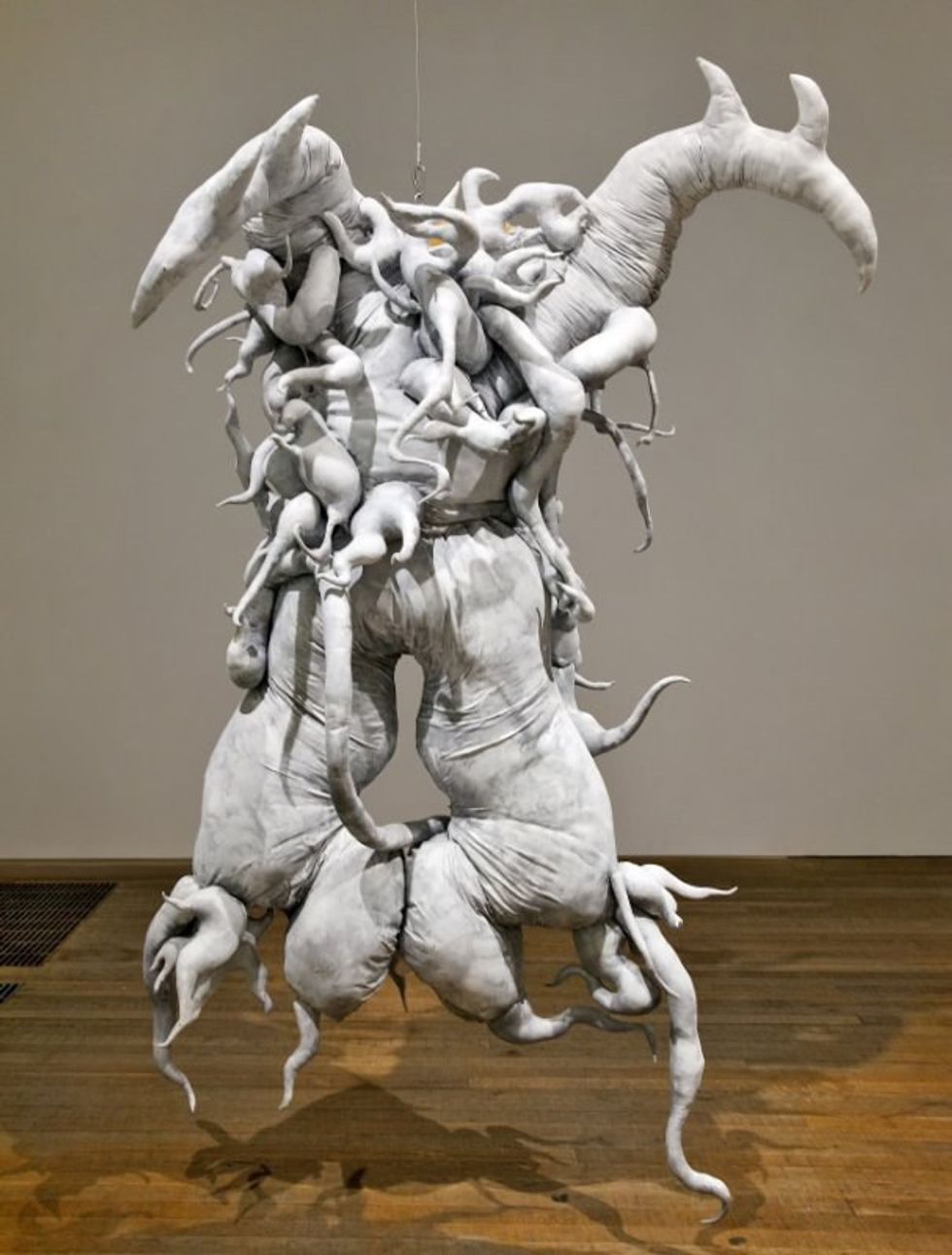
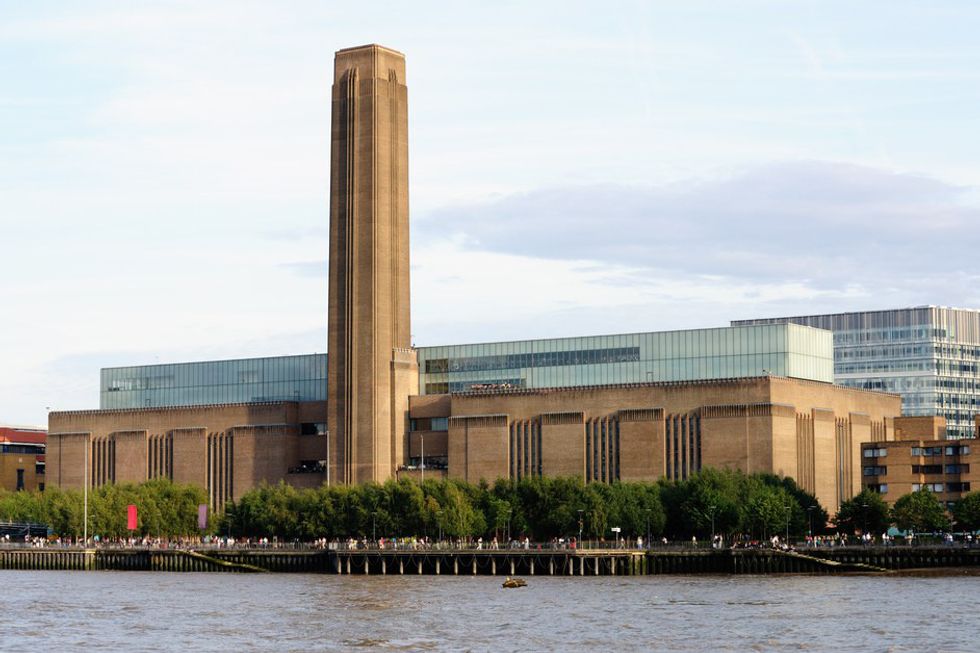
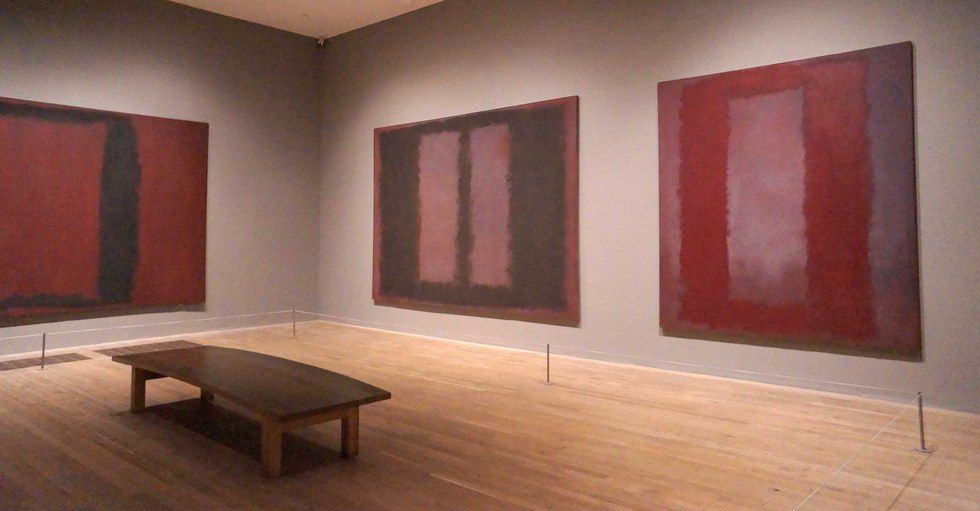
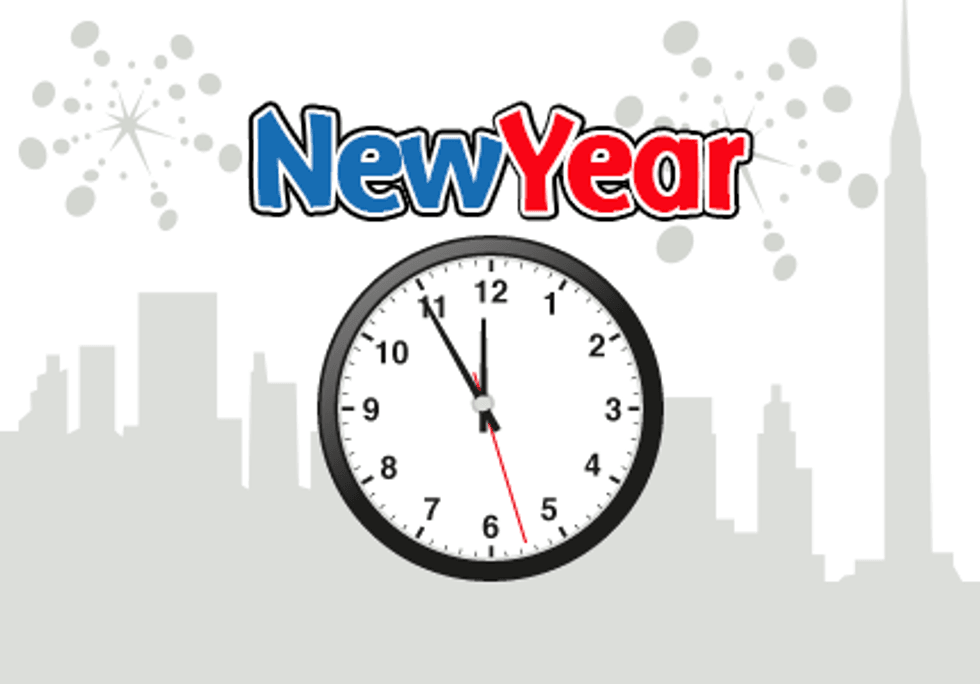


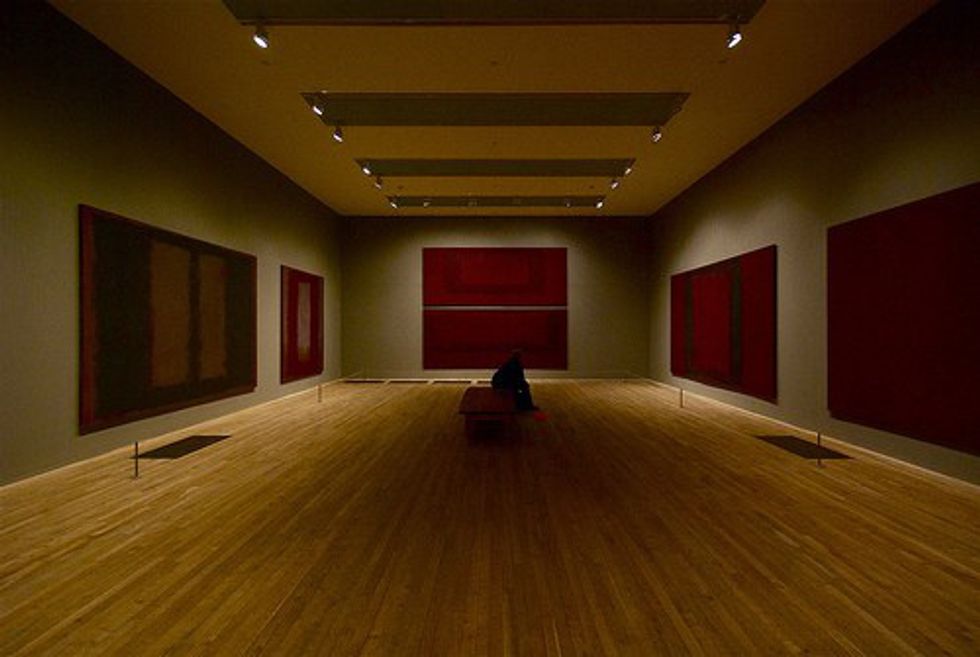
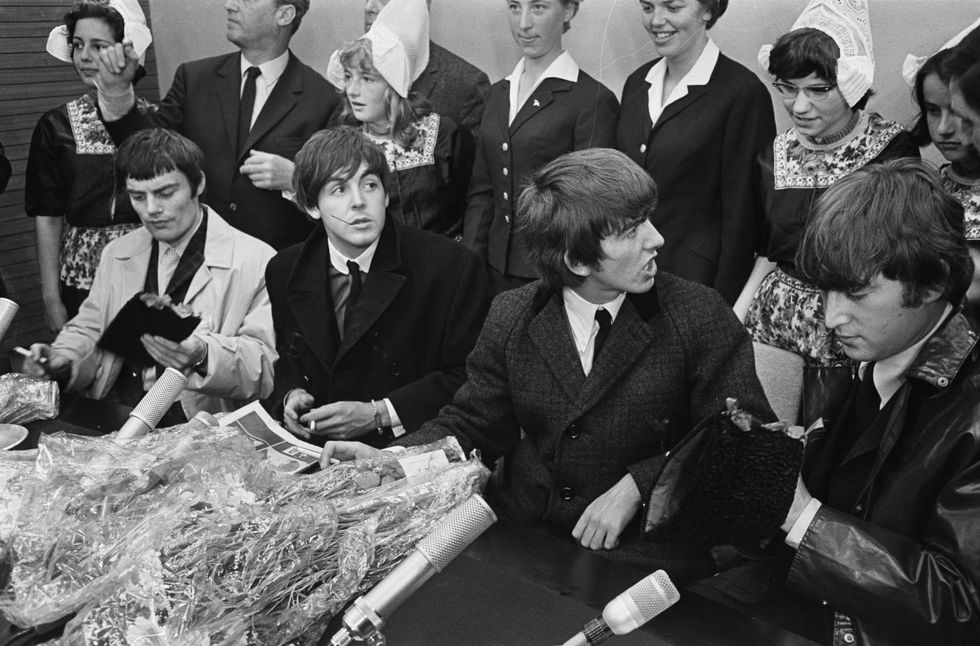
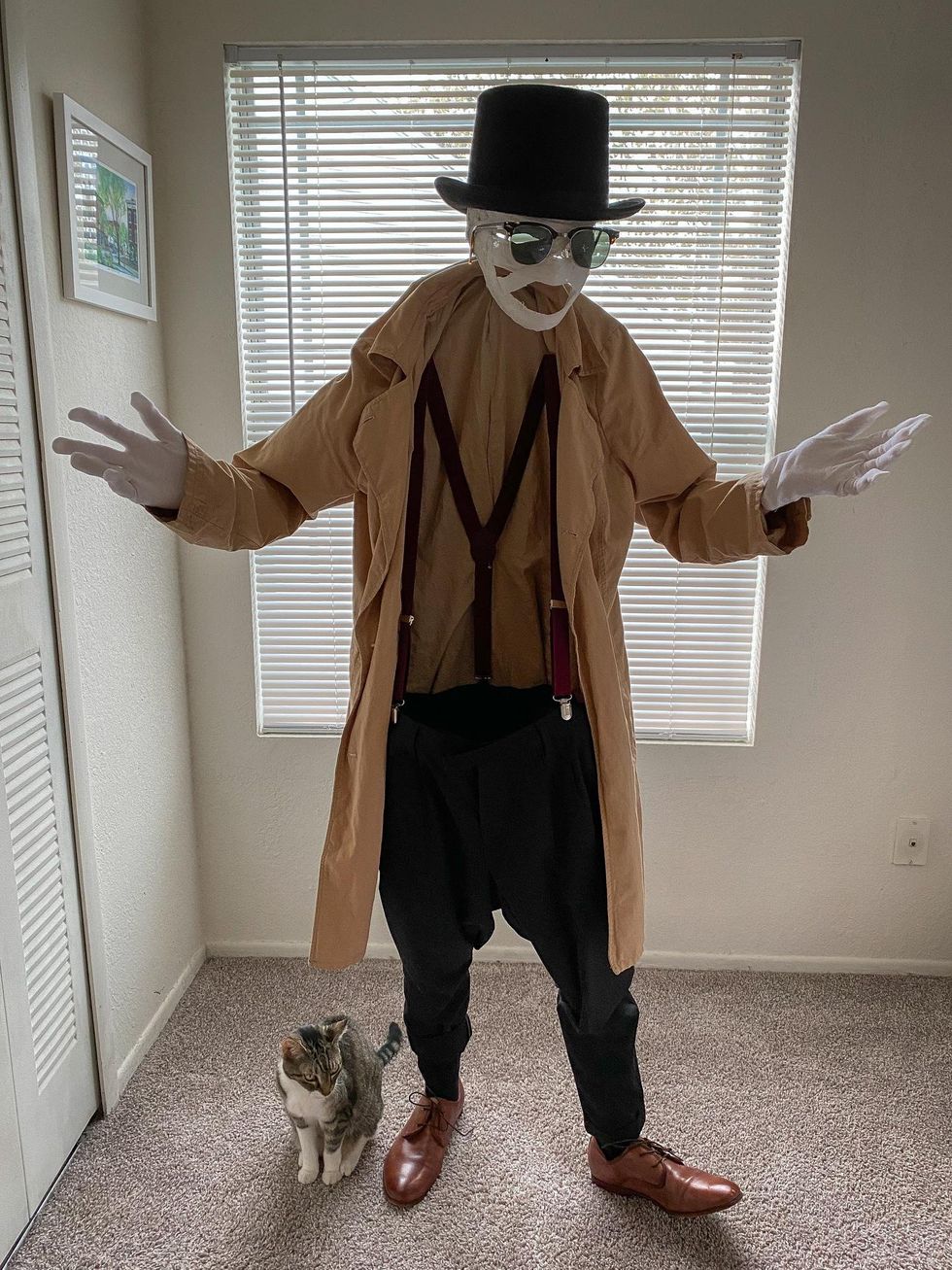
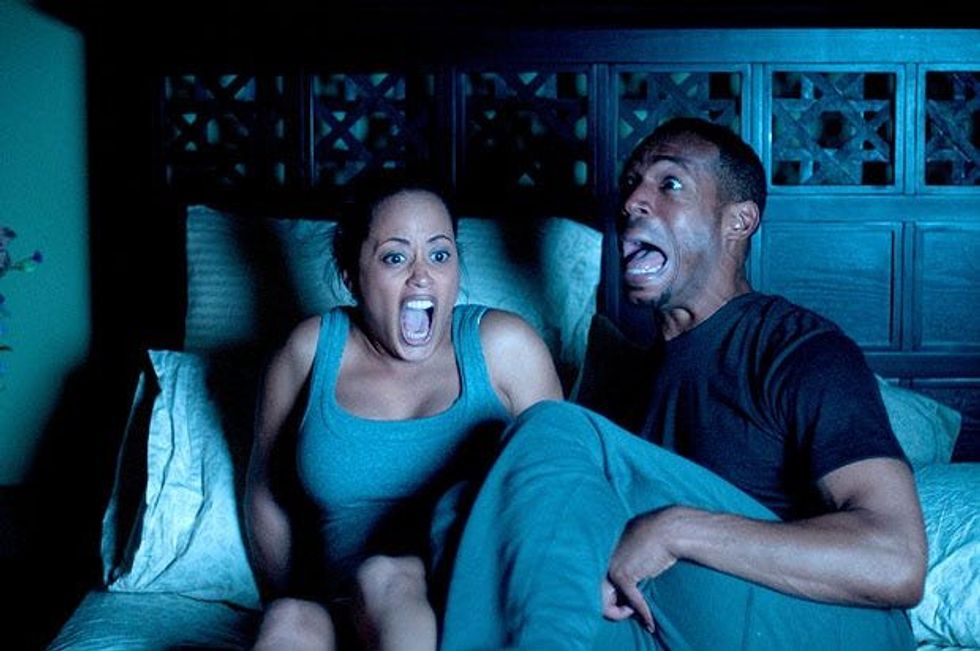
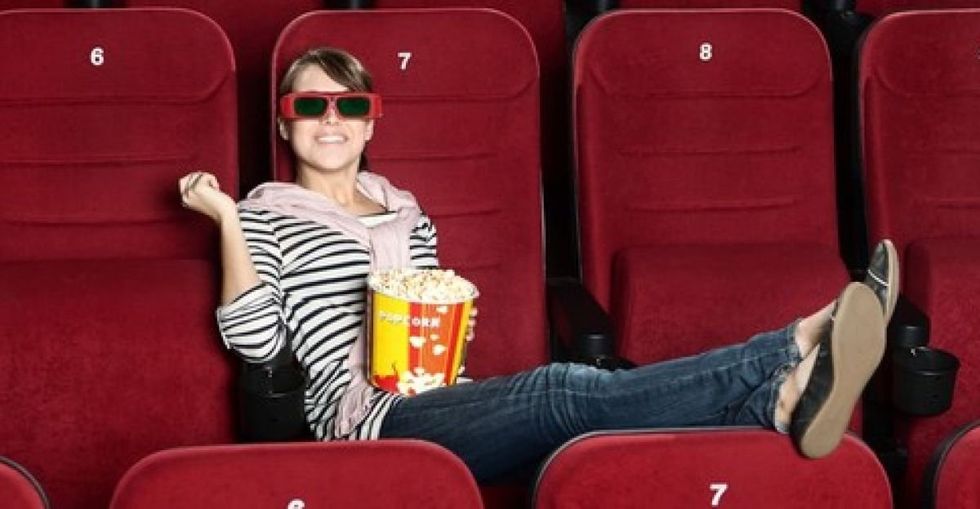 Going to the cinema alone is good for your mental health, says science
Going to the cinema alone is good for your mental health, says science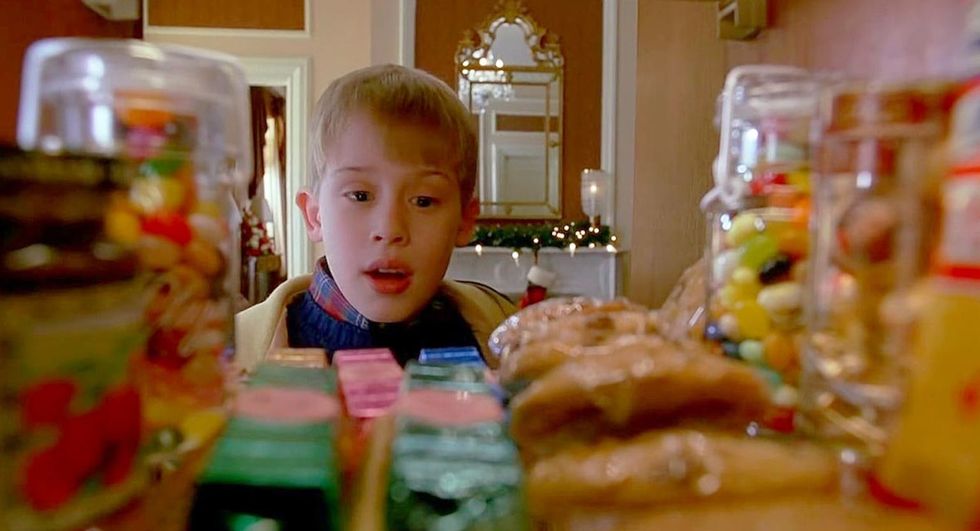
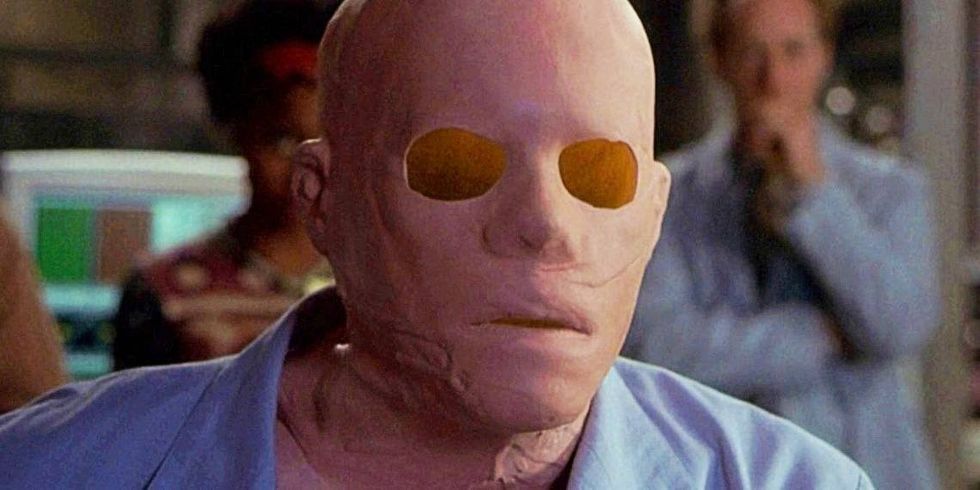
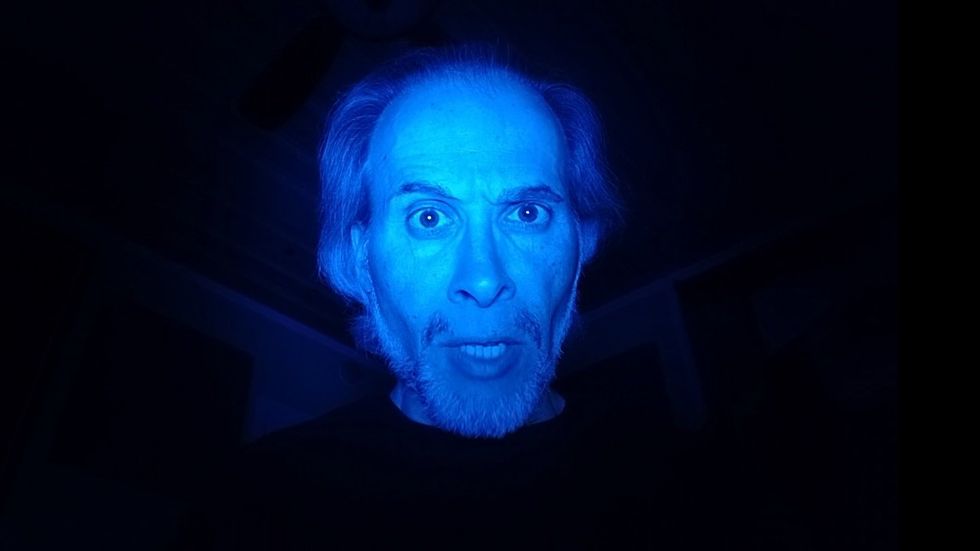
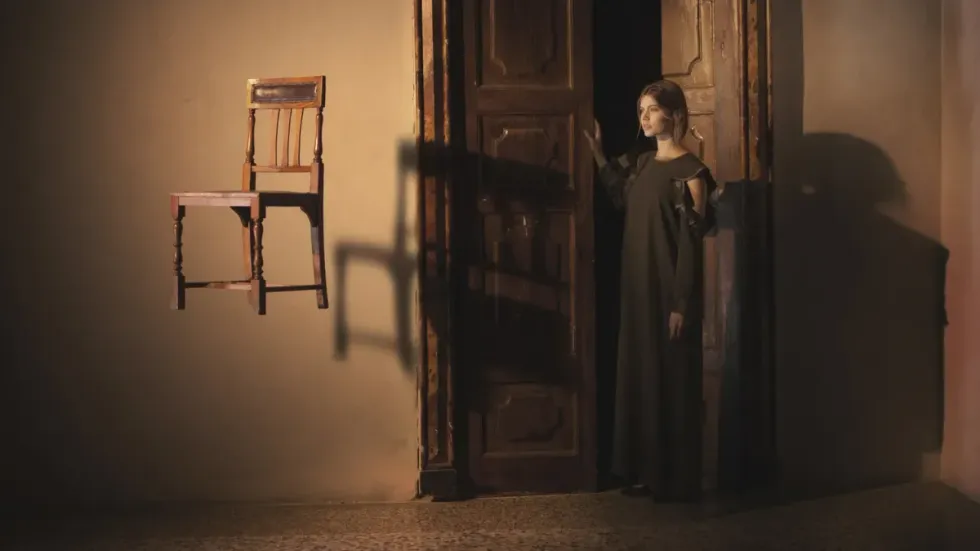
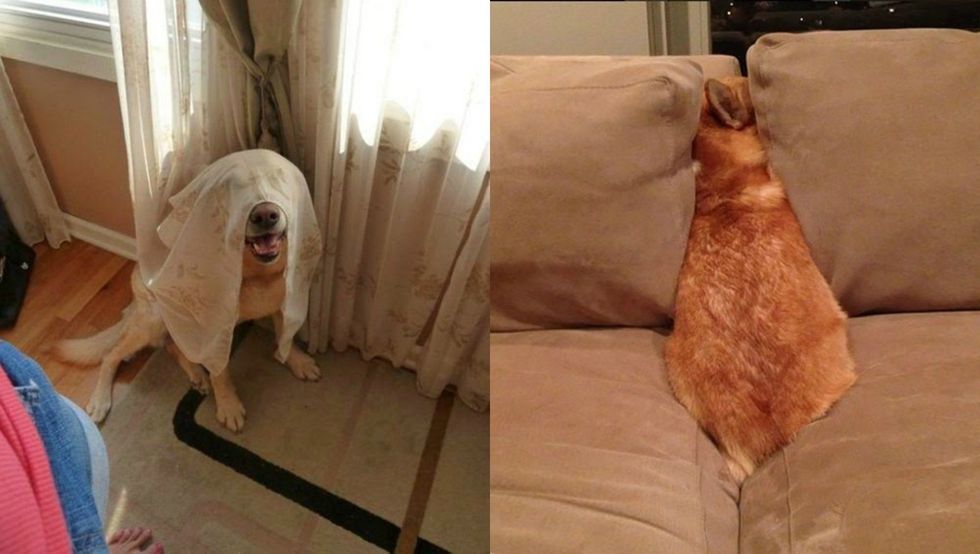

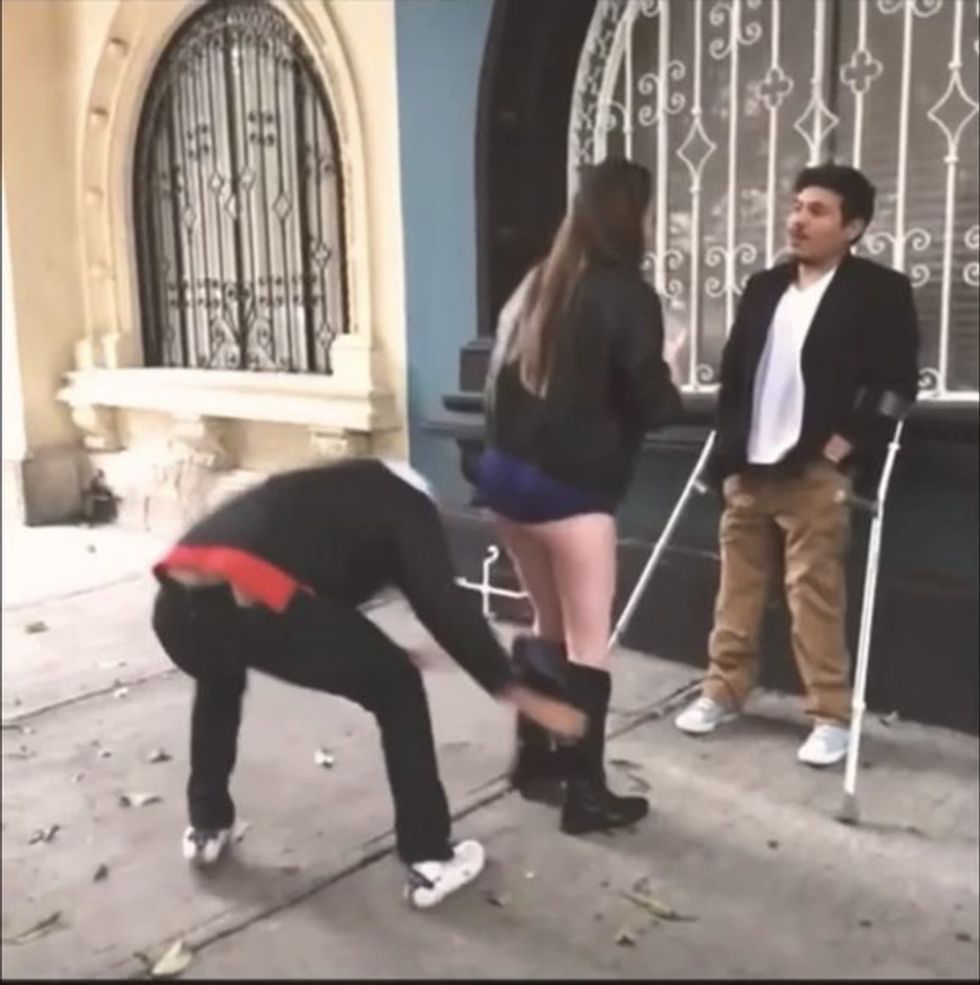

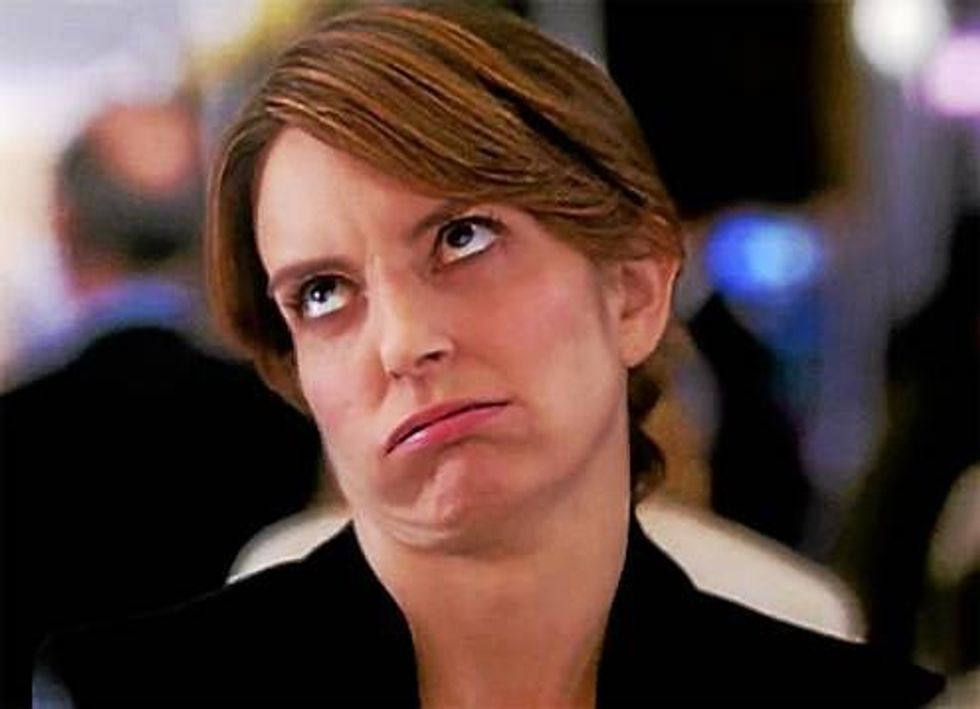
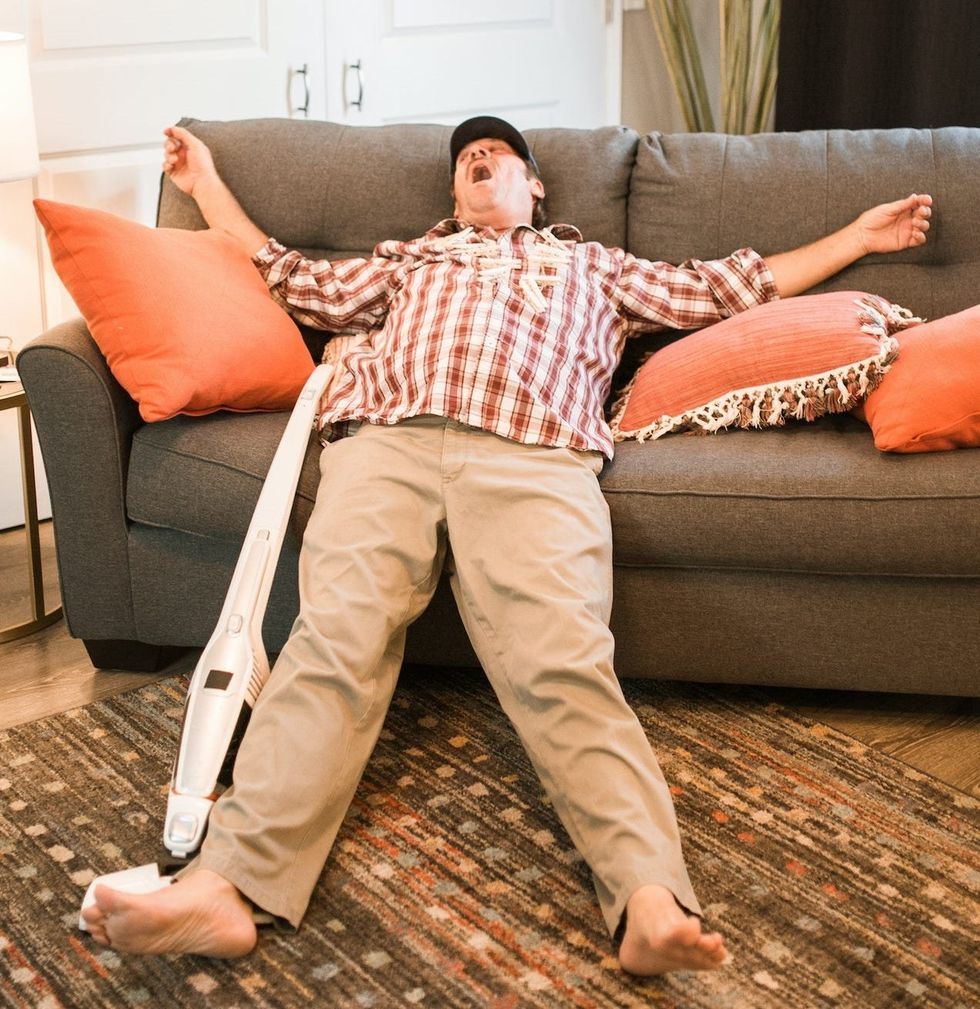
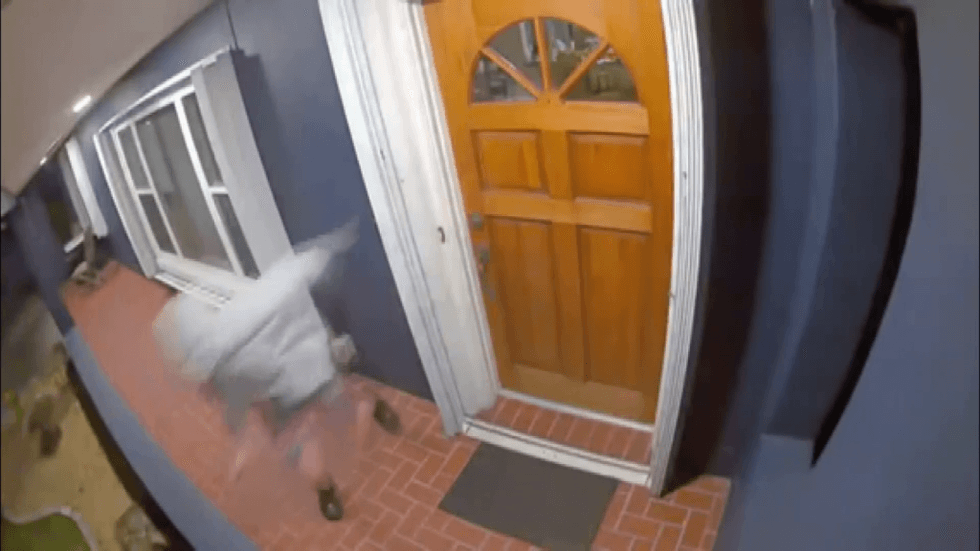


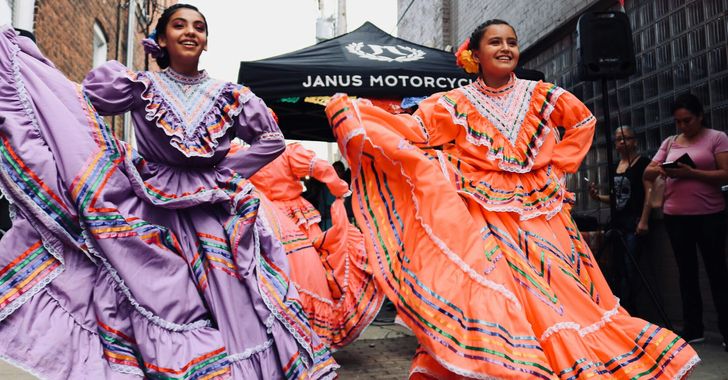 women in street dancing
Photo by
women in street dancing
Photo by  man and woman standing in front of louver door
Photo by
man and woman standing in front of louver door
Photo by 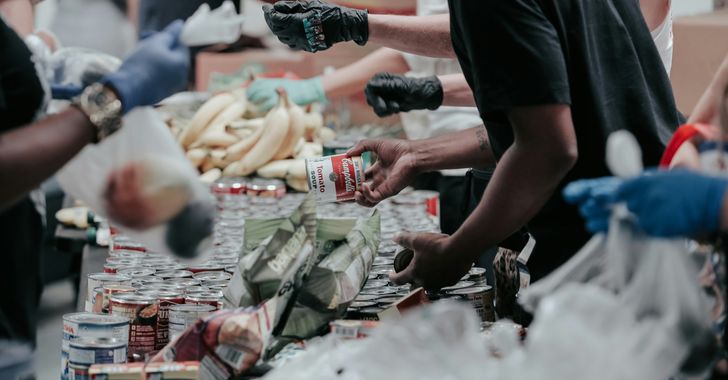 man in black t-shirt holding coca cola bottle
Photo by
man in black t-shirt holding coca cola bottle
Photo by 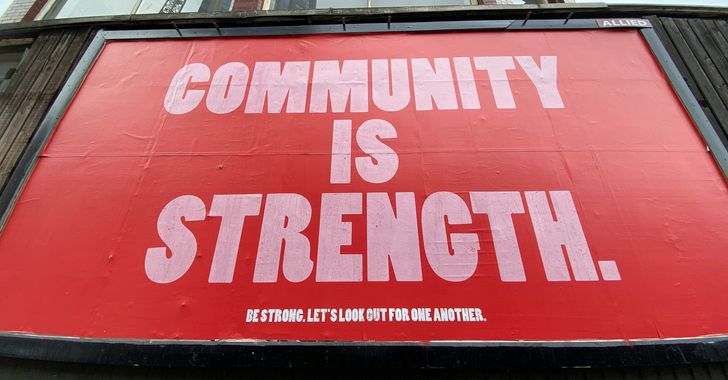 red and white coca cola signage
Photo by
red and white coca cola signage
Photo by  man holding luggage photo
Photo by
man holding luggage photo
Photo by  topless boy in blue denim jeans riding red bicycle during daytime
Photo by
topless boy in blue denim jeans riding red bicycle during daytime
Photo by  trust spelled with wooden letter blocks on a table
Photo by
trust spelled with wooden letter blocks on a table
Photo by 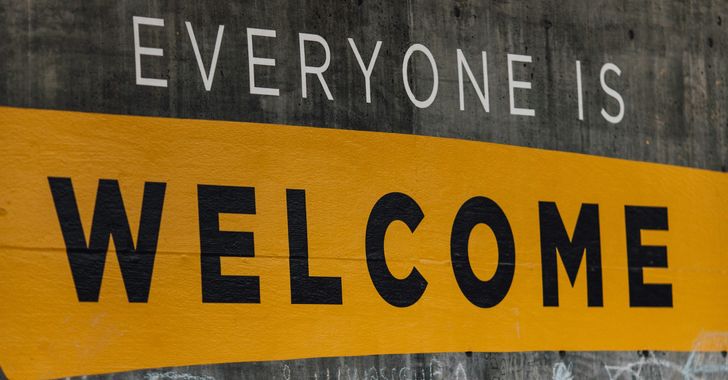 Everyone is Welcome signage
Photo by
Everyone is Welcome signage
Photo by 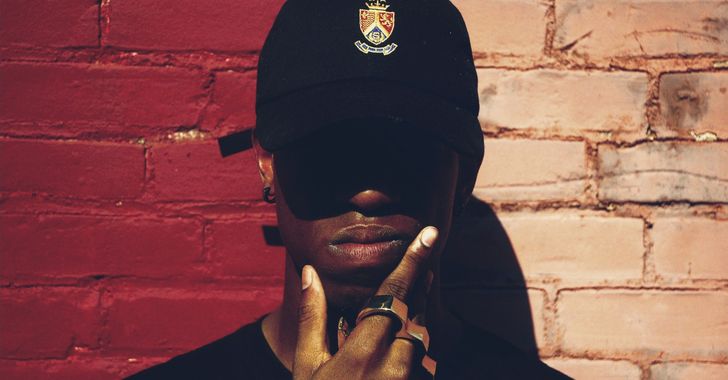 man with cap and background with red and pink wall l
Photo by
man with cap and background with red and pink wall l
Photo by 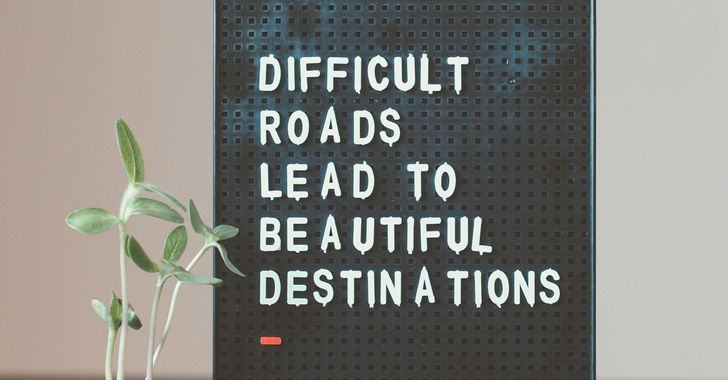 difficult roads lead to beautiful destinations desk decor
Photo by
difficult roads lead to beautiful destinations desk decor
Photo by 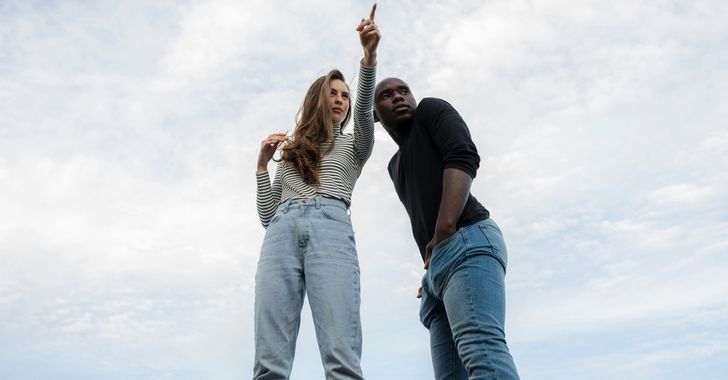 photography of woman pointing her finger near an man
Photo by
photography of woman pointing her finger near an man
Photo by  closeup photography of woman smiling
Photo by
closeup photography of woman smiling
Photo by 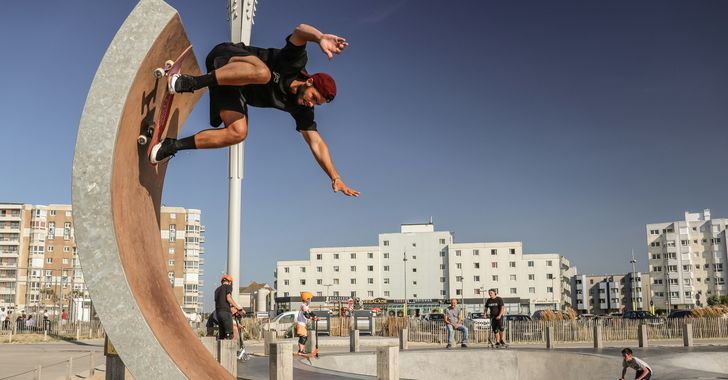 a man doing a trick on a skateboard
Photo by
a man doing a trick on a skateboard
Photo by  two men
two men  running man on bridge
Photo by
running man on bridge
Photo by 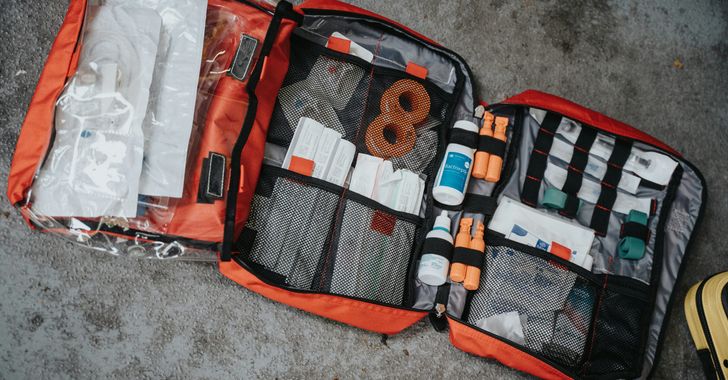 orange white and black bag
Photo by
orange white and black bag
Photo by 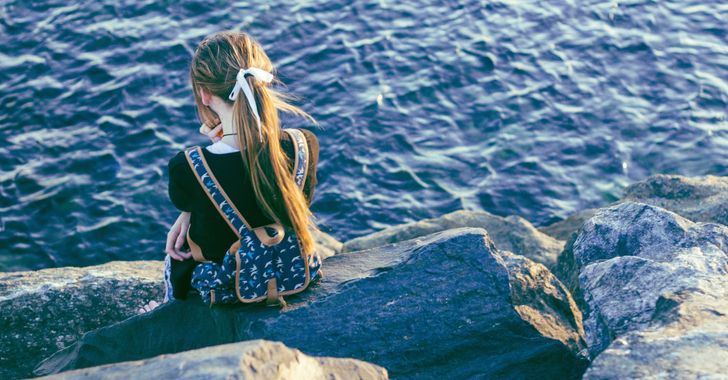 girl sitting on gray rocks
Photo by
girl sitting on gray rocks
Photo by 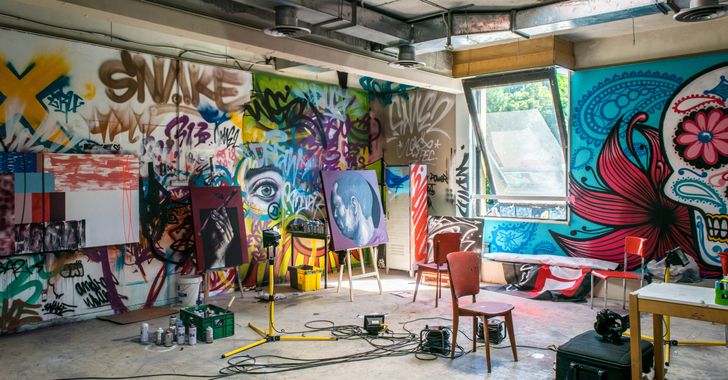 assorted-color painted wall with painting materials
Photo by
assorted-color painted wall with painting materials
Photo by  three women sitting on brown wooden bench
Photo by
three women sitting on brown wooden bench
Photo by 
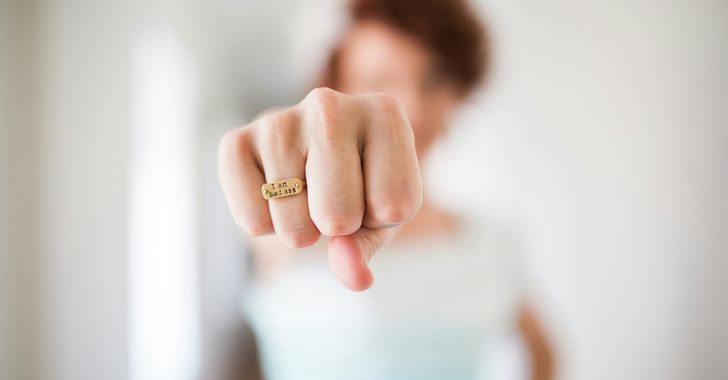 Photo by
Photo by 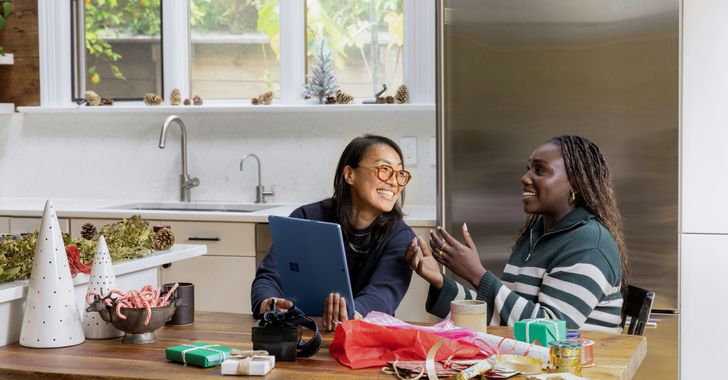 Photo by
Photo by 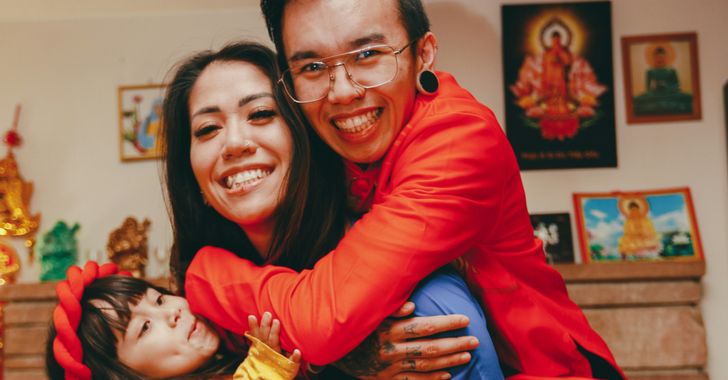 Photo by
Photo by 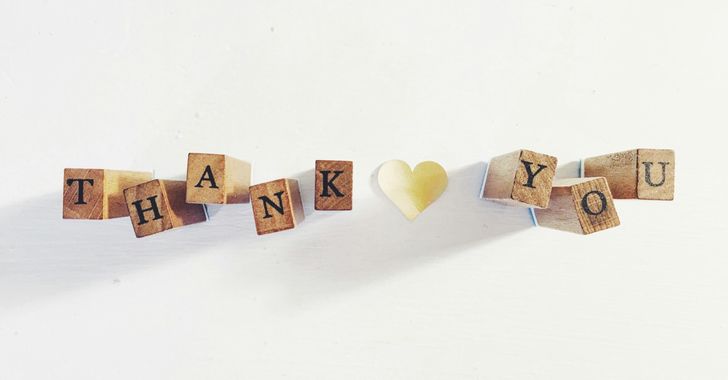 Photo by
Photo by 
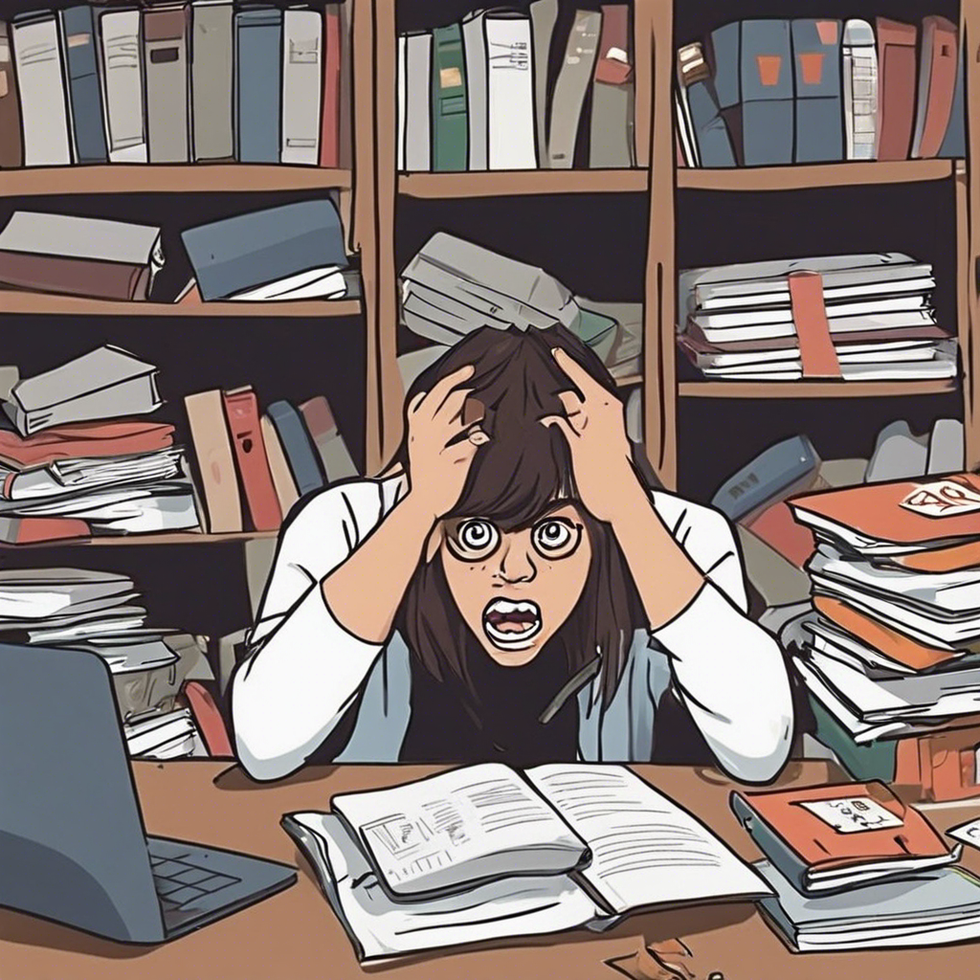
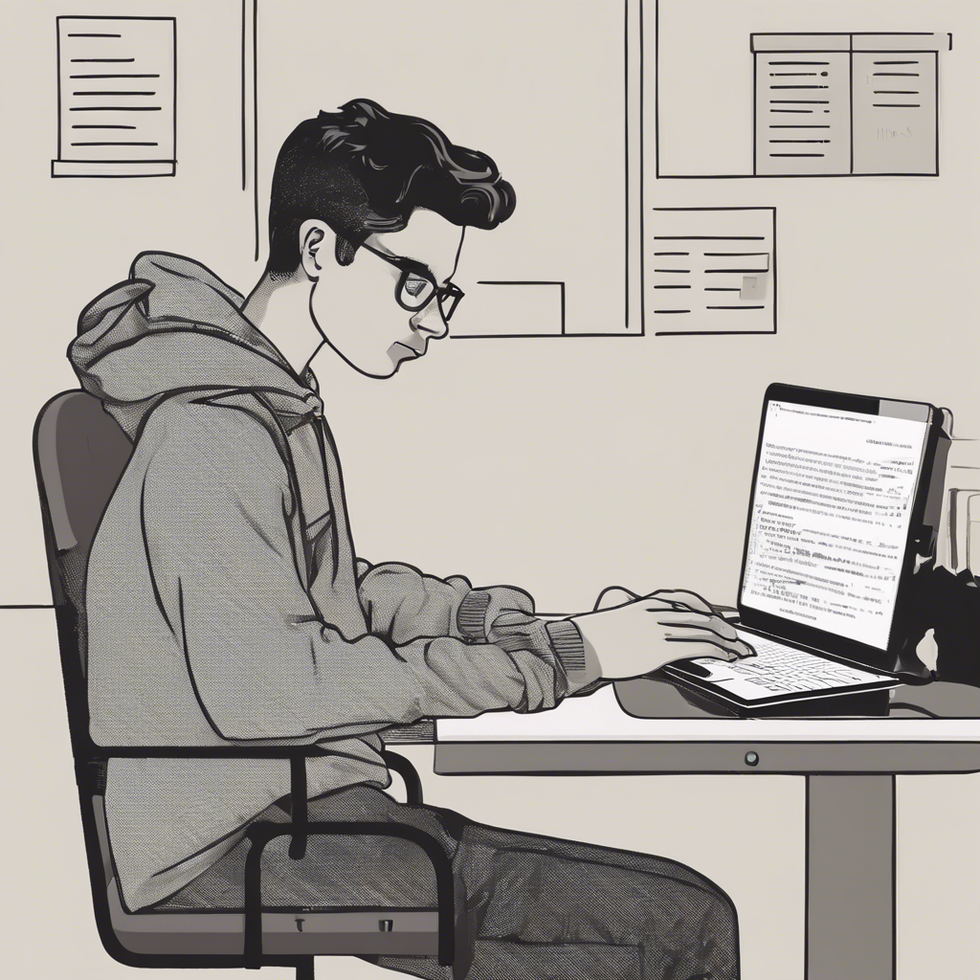
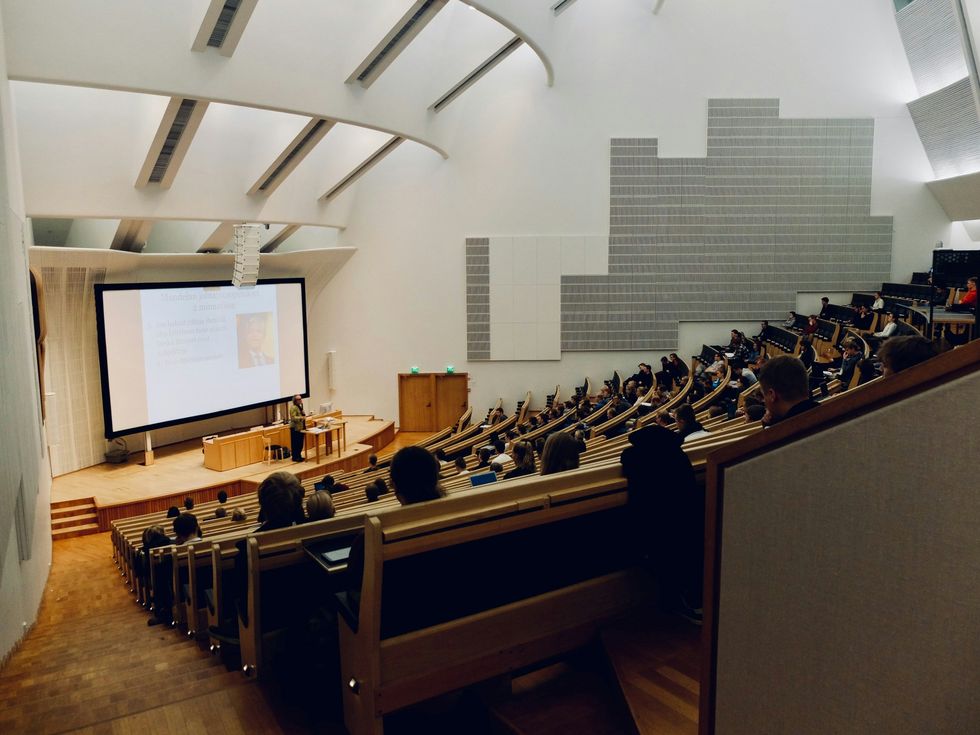 people sitting on chair in front of computer
people sitting on chair in front of computer